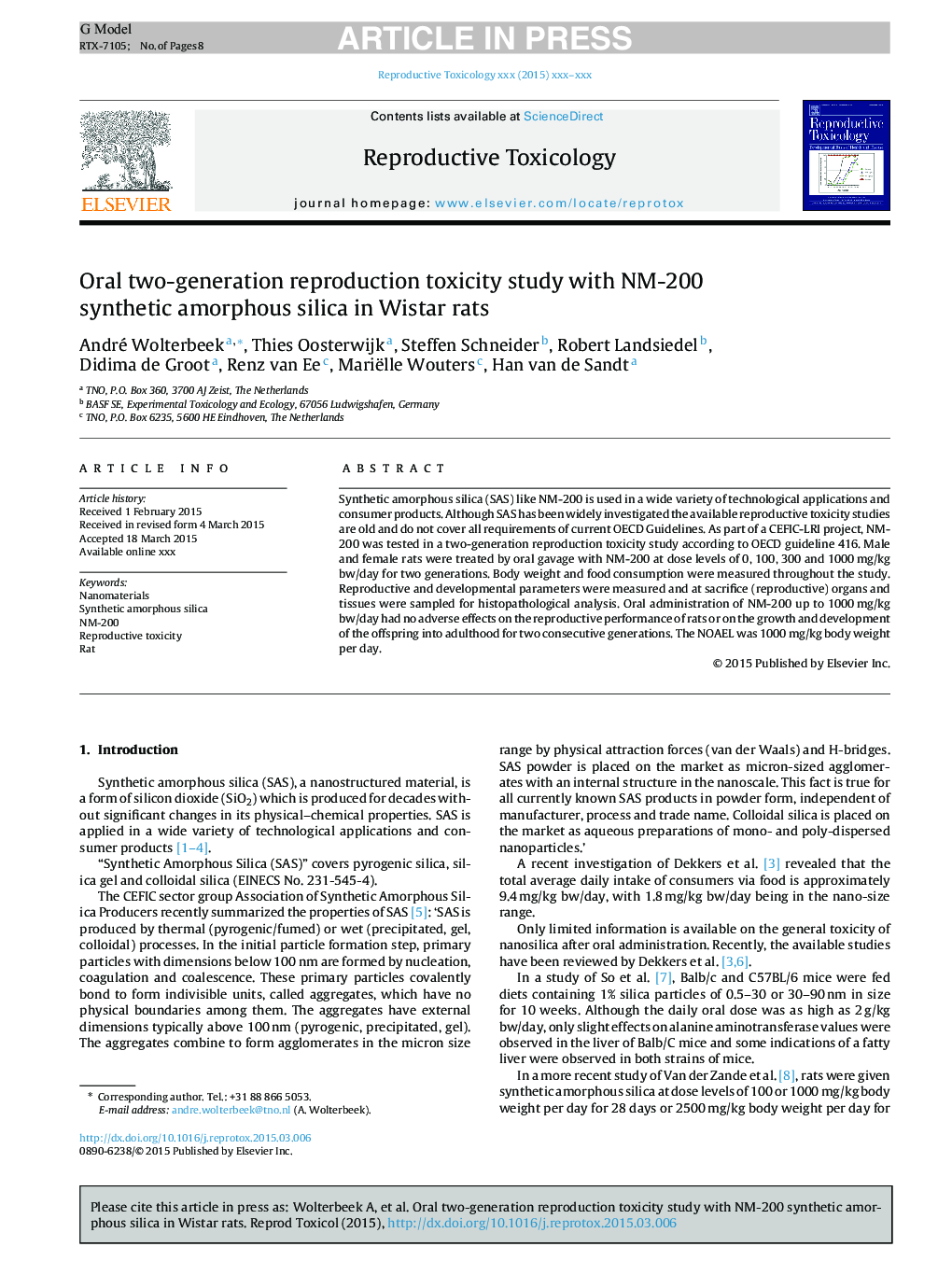| Article ID | Journal | Published Year | Pages | File Type |
|---|---|---|---|---|
| 7252124 | Personality and Individual Differences | 2015 | 8 Pages |
Abstract
Gelotophobes (individuals with a fear of being laughed at) have even been found to express less joy and more contempt towards joyfully smiling/laughing faces compared to non-gelotophobes. However, it is unclear whether the lower levels of joy and higher levels of contempt are related to joy per se or only to those elements of joy associated with laughter. Thus, this study investigated the verbal and facial responses of 20 gelotophobes and 20 non-gelotophobes towards videos of people recalling memories of laughter-eliciting positive emotions (amusement, relief, schadenfreude, tactile pleasure). The facial expressions of the participants were clandestinely filmed and evaluated by the Facial Action Coding System (FACS; Ekman, Friesen, & Hager, 2002). Smiles of enjoyment and “markers of contempt” were coded and verbal ratings of the participants obtained. Gelotophobes responded with less joyful smiles and with more expressions of contempt to laughter-eliciting emotions than did non-gelotophobes. Gelotophobes also rated the degree of joy expressed by participants in the video clips of tactile pleasure and relief lower than non-gelotophobes. No differences occurred in ratings of aversiveness. The results suggest that gelotophobes have a negative bias towards laughter-eliciting situations stemming from different positive elicitors.
Related Topics
Life Sciences
Neuroscience
Behavioral Neuroscience
Authors
Willibald Ruch, Jennifer Hofmann, Tracey Platt,
